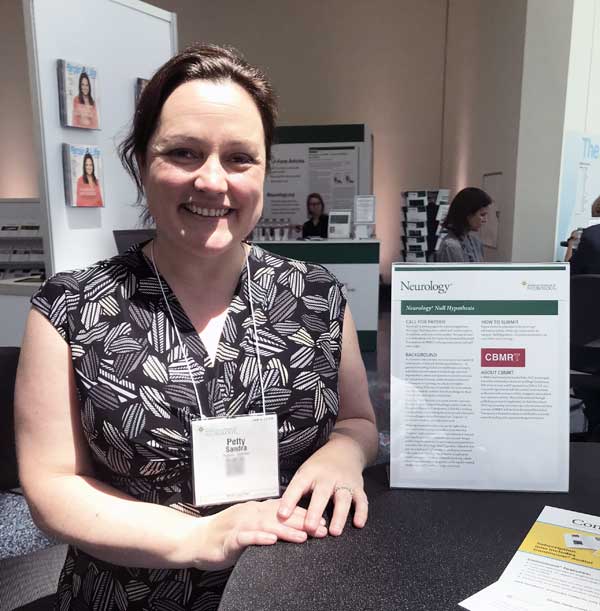AHA Null Hypothesis
- Please visit the AHA Null Hypothesis Collection to view Null Hypothesis papers across American Heart Association's portfolio of journals
-
As clinicians and scientists, we are in many ways indebted to the quality of research that has gone before us—to gain understanding of diseases and therapies, to inspire and inform our own research study design, and most importantly to inform and optimize treatment outcomes for our patients.
However, unless we achieve balanced and transparent reporting, we risk an incomplete understanding of the state of our field, of our treatments, and of the scientific evidence-based knowledge we share with research participants and patients. AHA's Null Hypothesis collection is a joint initiative between the American Heart Association and the Center for Biomedical Research Transparency (CBMRT), working collaboratively on promoting the write-up and submission of research papers for well-designed yet "negative" or inconclusive studies, and replication work.

Although the reasons for publication bias are multi-factorial the ultimate outcome is of incomplete and biased research reporting, with flow on effects to research funding, and information available for clinicians and patients. We aim to further address this issue with specific allocation of publishing space for well-designed studies yielding negative and inconclusive results and promoting a shift in research culture towards more enhanced research reporting practices, to increase research efficiency, to better inform subsequent research design and patient care.
The biomedical research publishing environment is a rapidly-evolving space, with developments in pre-publications, platforms for open science, data-sharing, and using blockchain to timestamp research finding their place alongside the traditional full-length journal publication stream. At the same time, 24-hour access to a buzzing internet, social media, the evolution of "fake" news, and public skepticism challenge traditional reporting systems everywhere. It is vital for biomedical and clinical research reporting to be fully represented—for the benefit of scientific progress, research efficiency and ultimately to better inform care for our patients. And to do this in a timely manner.
Many experimental results never see the light of day— particularly when an expected effect is not observed. "Negative" and inconclusive results in biomedical research have significant value to inform future research designs and funding decisions and to save study participants from avoidable risks. There is pressure for scientists to publish— including negative data. However this can be challenging as (1) the research is competing against new studies with positive results for publication space in the higher- impact journals, and (2) perhaps in some cases issues within the research environment such as a perception that publishing negative results may not be attractive for career prospects, or that (3) investing the time in writing these would only result in a lower impact-factor publication, and therefore time may be seen as best spent focusing on maximizing high impact publication areas—to the detriment of negative/inconclusive result reporting and gaining a balanced understanding of the field. CBMRT's Null Hypothesis initiative exists to provide dedicated high- quality homes for peer reviewed well conducted "negative," inconclusive or replication studies and aims to produce a research reporting culture where hypotheses and study quality can be equally viewed, whether the ‘null hypothesis’ is rejected or not.